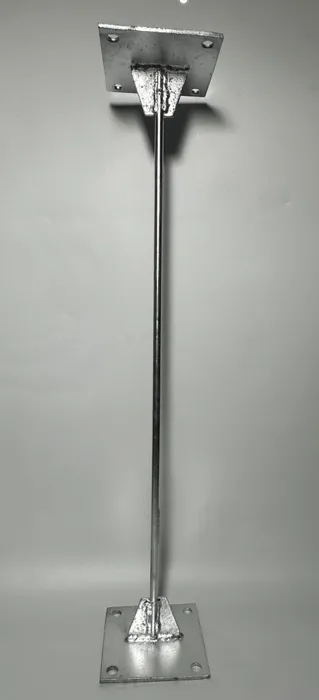loading...
- No. 9, Xingyuan South Street, Dongwaihuan Road, Zaoqiang County, Hengshui, Hebei, China
- admin@zjcomposites.com
- +86 15097380338
- Welcome to visit our website!
Durable and Lightweight FRP Grate Decking for Versatile Applications and Enhanced Performance
Understanding FRP Grate Decking An Innovative Solution for Modern Infrastructure
In recent years, the construction and infrastructure industries have witnessed a significant shift towards more sustainable and durable materials. One such innovative solution that has emerged is Fiberglass Reinforced Plastic (FRP) grate decking. This material is transforming how we think about decking solutions, particularly in challenging environments prone to corrosive elements.
What is FRP Grate Decking?
FRP grate decking is made from a composite material that combines fiberglass with a resin matrix. This combination results in a lightweight but incredibly strong product that is highly resistant to corrosion, chemicals, UV radiation, and extreme temperatures. The versatility of FRP makes it suitable for a wide range of applications, from walkways and platforms to industrial flooring and decks.
Key Benefits of FRP Grate Decking
1. Corrosion Resistance One of the standout features of FRP decking is its remarkable resistance to corrosion. Unlike traditional materials such as steel or wood, FRP does not rust or rot, making it ideal for environments exposed to chemicals, saltwater, and moisture. This durability extends the lifespan of structures, reducing maintenance and replacement costs over time.
2. Lightweight Nature FRP decking is significantly lighter than conventional materials. This characteristic not only makes transportation and installation easier but also reduces the load on supporting structures. Lightweight materials can lead to cost savings in foundation construction and support systems.
3. Safety Features Safety is a paramount concern in many applications, especially in industrial settings. FRP decking typically features slip-resistant surfaces, which enhance safety for workers and pedestrians. Its non-conductive properties also make it a preferred option in electrical environments, minimizing hazards related to electrical conductivity.
frp grate decking

4. Environmental Benefits In a time when environmental consciousness is at an all-time high, FRP materials stand out due to their sustainability. Many FRP products are manufactured using recycled materials, and their long lifespan reduces the frequency of replacements, further minimizing their environmental footprint. Additionally, the energy required to produce and manufacture FRP is often lower than that needed for traditional decking materials.
5. Versatility and Customization FRP decking comes in various shapes, sizes, and colors, making it an adaptable solution for multiple applications. Whether for a pedestrian walkway, a heavy-duty industrial platform, or a seaside boardwalk, FRP can be manufactured to meet specific load requirements and aesthetic preferences. Its ability to conform to different codes and regulations further enhances its applicability across various industries.
Applications of FRP Grate Decking
The applications of FRP grate decking are vast and growing. Industries such as oil and gas, food processing, wastewater treatment, and commercial construction utilize FRP decking to enhance safety and efficiency. For instance, FRP is commonly used in waste treatment facilities where exposure to corrosive substances is prevalent. It effectively withstands harsh chemicals and reduces the risk of slip-and-fall accidents.
Public infrastructure projects, including bridges and walkways in parks, benefit from FRP's lightweight nature and aesthetic flexibility. The material’s ability to resist environmental wear ensures that these structures remain safe and functional for years to come.
Conclusion
As we continue exploring innovative materials in the construction and infrastructure sectors, FRP grate decking stands out as a formidable option. Its combination of durability, safety, environmental benefits, and versatility makes it an ideal choice for modern decking needs. As more industries recognize the advantages of FRP, its adoption will likely grow, paving the way for safer, more efficient, and sustainable infrastructure solutions. Investing in FRP decking today not only addresses current needs but also contributes to a more resilient future.
-
GRP Structures: The Future of Lightweight, High-Performance EngineeringNewsJun.20,2025
-
FRP Water Tank: High-Performance Storage for Corrosive and Clean Water SystemsNewsJun.20,2025
-
FRP Square Tube: The New Industry Standard for Chemical and Structural ApplicationsNewsJun.20,2025
-
FRP Pultruded Profiles: The Ultimate Choice for Lightweight Structural StrengthNewsJun.20,2025
-
FRP Handrails: The Safer, Smarter, and Stronger Choice for Modern InfrastructureNewsJun.20,2025
-
FRP Grating: The Smart Solution for Durable, Lightweight Industrial FlooringNewsJun.20,2025
-
Why Choose a Galvanized Water Tank for Your Storage NeedsNewsMay.21,2025
